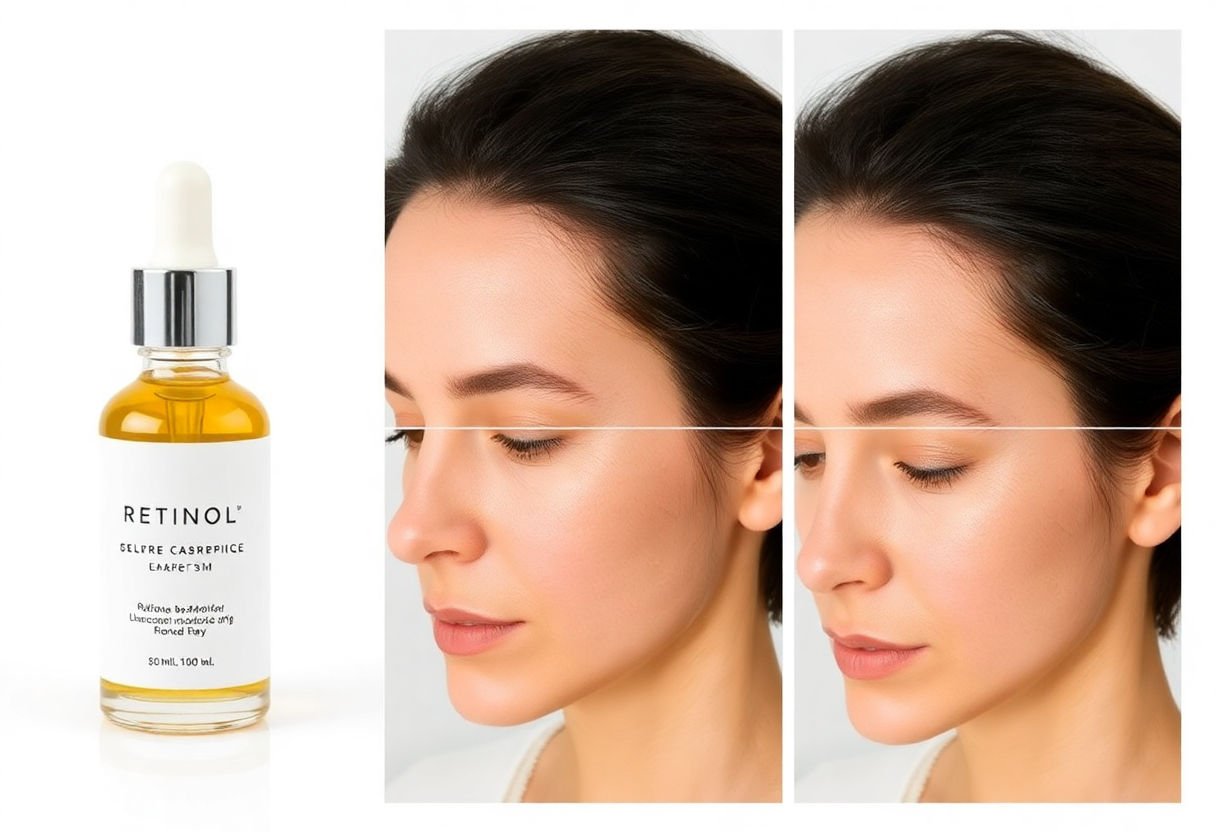Retinol, a secret weapon in skincare, promises transformations. It turns dull skin into something fresh. But what is retinol, really? Known for reducing wrinkles and brightening skin, its effects are amazing. Imagine seeing clear improvements on your own face. Yet, some experience side effects like dryness. Learn how to use it right and spot changes in your skincare routine. Exciting before and after photos prove its power. Real stories from users add to the evidence. Curious? Dive in and see how retinol can change your skin game.
Key Takeaways
- Retinol helps in renewing skin by speeding up cell turnover.
- It offers visible improvements in skin texture and tone.
- A few users may experience some redness or dryness at first.
- Consistent use can lead to smoother, clearer skin over time.
What is Retinol?

Retinol, a term many encounter in skincare aisles, refers to a form of vitamin A. This ingredient has been part of beauty routines for many years. Retinol comes from a family known as retinoids, all of which play roles in skin health.
Where does it come from? Retinol first came to the scene as a treatment for acne. Many dermatologists noticed an interesting side effect. It also reduced fine lines and gave skin a smoother look.
What makes retinol special? This ingredient stands apart due to its unique quality. It can penetrate deep into the skin. By reaching deeper layers, retinol encourages new skin to grow. This process improves skin texture and tone. Think of it like planting seeds in a garden. Those seeds sprout over time, bringing new life.
Why is it important in skincare? Retinol products are popular among people wanting to keep their skin youthful. It helps with signs of aging, such as wrinkles and uneven skin tone. Users often see improvements in both texture and clarity.
While retinol offers many benefits, one should use it with care. Skin can react to it, especially when you start. Redness and peeling might happen. Slowly introducing retinol into your routine can help ease these effects. Use sunscreen during the day as retinol can make skin more sensitive to sunlight.
How Retinol Works
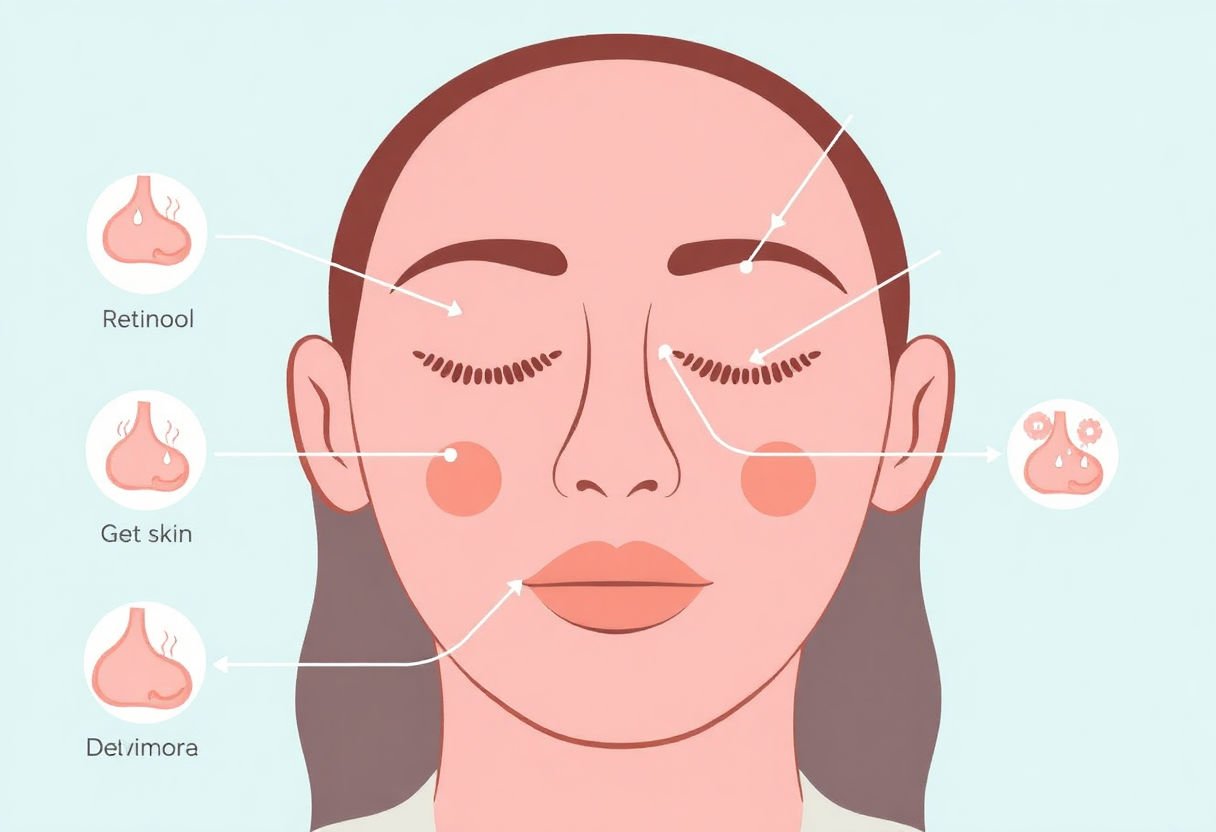
Retinol works by making good changes in your skin. This helps it look smoother and younger. Think of your skin like a book. Over time, new pages replace the old ones. Retinol speeds up this process.
This process is simple but amazing. You put retinol on your skin. It goes deep into your skin layers. There, it reaches skin cells and helps them grow more quickly. This is like a gardener planting seeds for new flowers.
How does this help? Here’s a quick look:
- Unclogs pores: Retinol helps clear out blocked pores. This reduces acne and keeps skin clean.
- Fights wrinkles: By renewing skin, retinol reduces fine lines and wrinkles. Your skin stays tight and firm.
- Evens skin tone: It fades dark spots. So, your skin looks more even and bright.
- Boosts collagen: Retinol strengthens the skin by helping produce collagen. Collagen works like a building block for your skin.
Retinol may seem new, but it has science behind it. It doesn’t work like magic right away. It needs time and patience. Results come with regular use.
Start with a small amount. Use it at night as sunlight can weaken its effects. Watch your skin improve and glow. Your skin gets a fresh start!
Benefits of Using Retinol
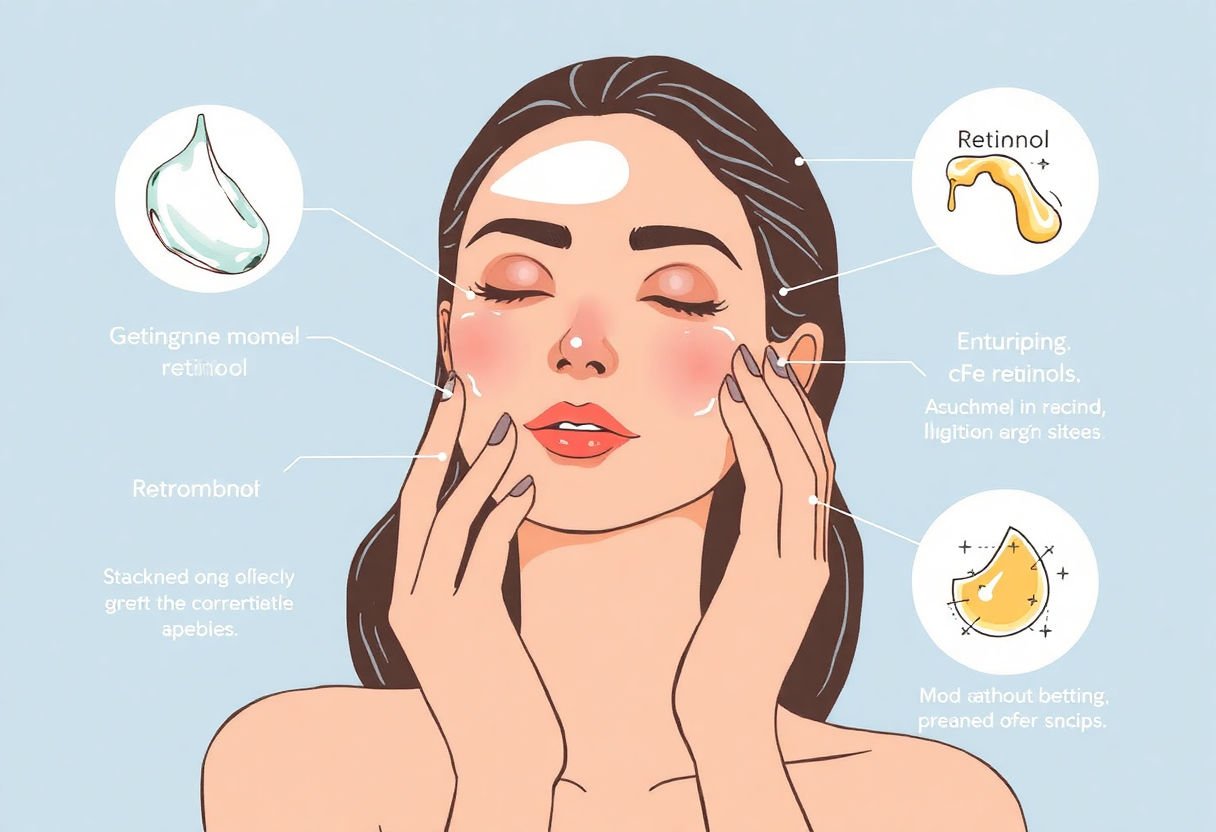
Retinol is a superstar ingredient in skincare. It works wonders for many people. Here are some benefits that keep folks loving it:
-
Reduces Wrinkles: Like an iron smoothing a wrinkled shirt, retinol helps reduce fine lines and wrinkles over time. Skin may look smoother and feel softer.
-
Evens Skin Tone: Over time, skin can become uneven with dark spots. Retinol helps even the tone of your skin. It can fade dark spots and make the skin look brighter.
-
Unclogs Pores: Pores can get clogged with dirt and oils. This is where retinol steps in. It can clear out clogged pores, reducing the chance of breakouts.
-
Increases Collagen Production: Think of collagen as the building block for your skin. Retinol boosts collagen production. This strengthens skin, making it firmer and more youthful.
-
Improves Texture: Over time, retinol can make skin feel smoother. It helps improve texture by promoting cell turnover. This means dead skin cells make way for fresh ones.
Using retinol can truly change skin quality. In the world of skincare, its benefits cannot be overlooked. It acts as a trusted ally in achieving healthier, more vibrant skin.
Potential Side Effects
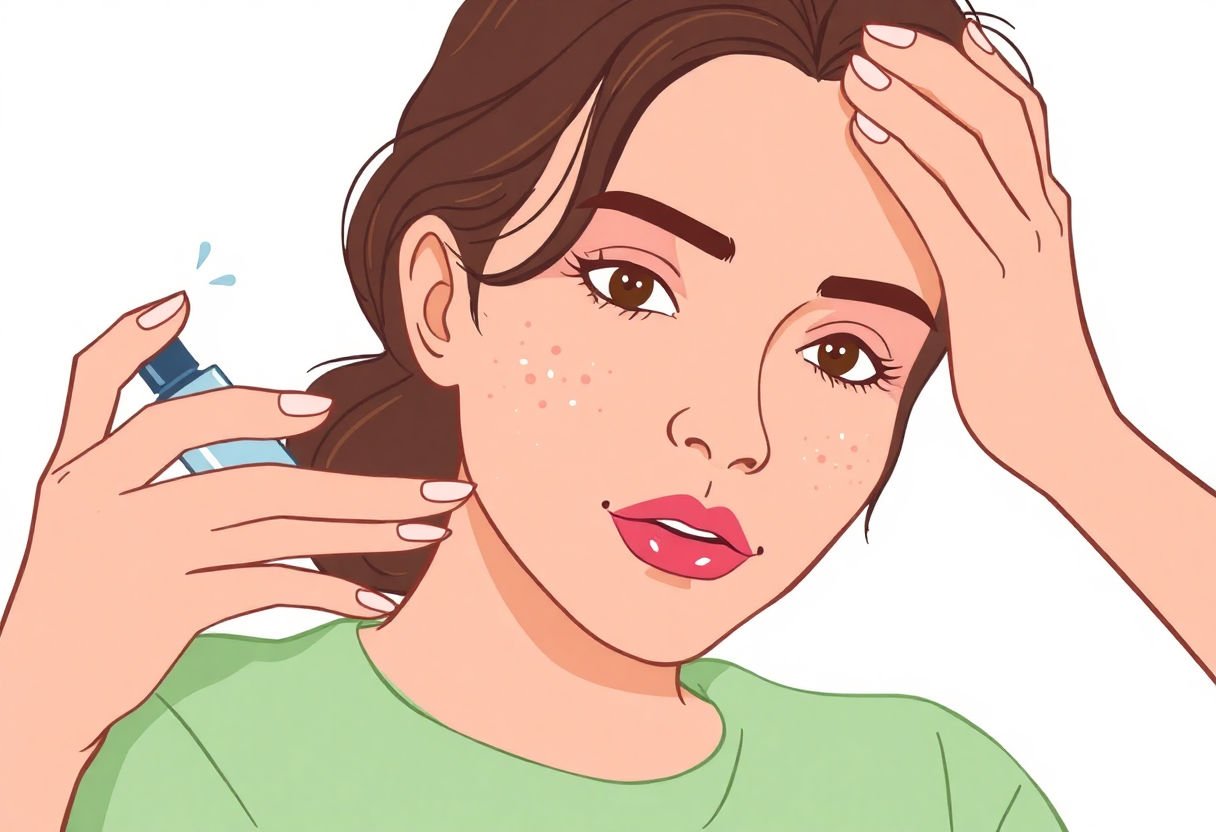
When people start using retinol, some might feel a few side effects.
Dryness: Some people experience dryness or flakiness. It is like when your skin gets too dry in winter. A good moisturizer can help a lot.
Redness and irritation: Redness or slight irritation might occur. This feels like a mild sunburn. Usually, this goes away after some time as the skin adjusts.
Increased sensitivity: A bit of sensitivity to the sun is common. Wearing sunscreen daily helps protect the skin.
Here are some tips for a smoother experience:
- Start slowly. Use it once or twice a week until the skin gets used to it.
- Apply a pea-sized amount. A small amount often works best.
- Moisturize well. A quality moisturizer keeps skin soft and comfortable.
People compare the process to learning to swim. At first, it feels cold. But soon, you dive in without a second thought. New users often find big changes with patience and care.
If problems persist, stop using it. A dermatologist can offer advice on how to proceed. Most side effects are mild and temporary. They fade as the skin gets used to retinol.
Retinol in Your Skincare Routine
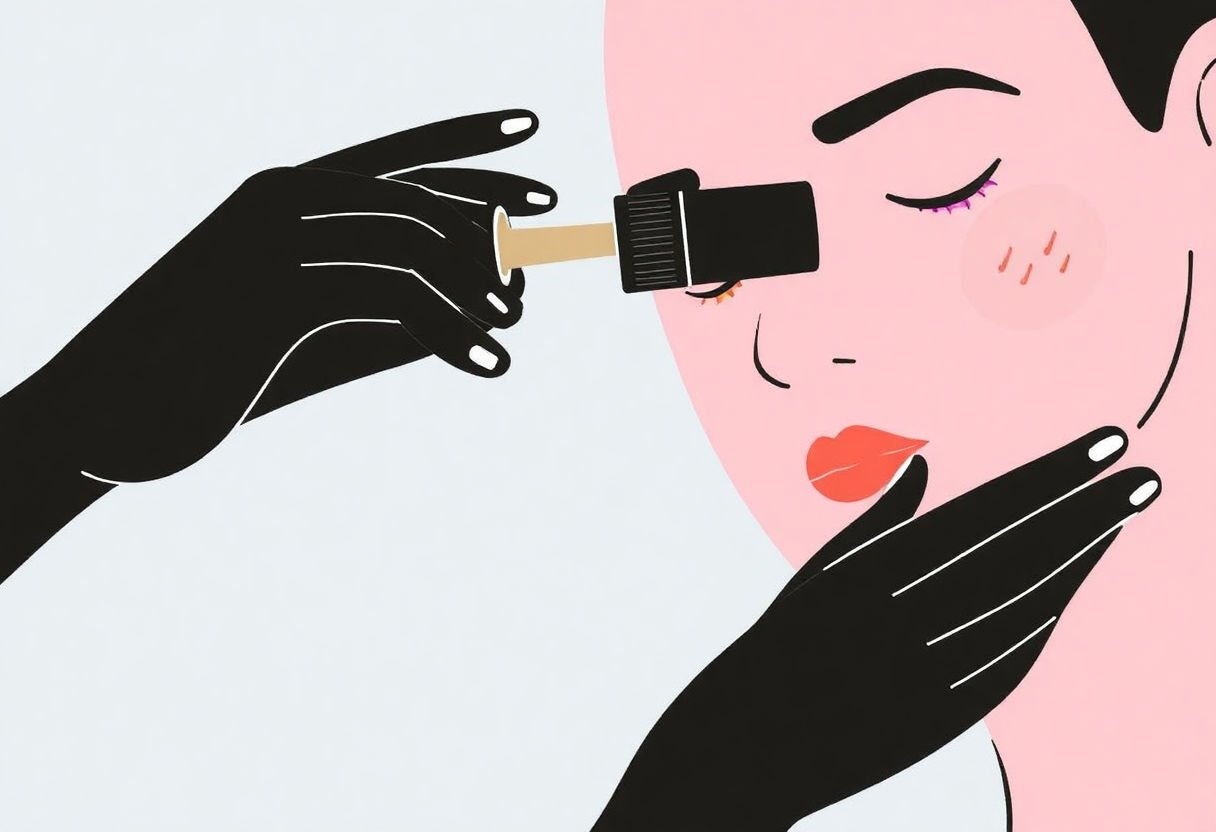
Retinol stands out in skincare for its power to change skin. If you want glowing skin, adding retinol can help.
Start slow. Use it once or twice a week at first. Your skin needs time to get used to it. Think of it as breaking in a new pair of shoes. Gradually, let your skin adapt.
Use retinol at night. It can make your skin sensitive to the sun. Always apply sunscreen during the day for protection.
Before retinol, clean your face well. Remove all makeup and dirt. Apply a small amount of retinol. A pea-sized amount will do. Spread it across your face, neck, and even hands. These areas can show signs of aging too.
Follow up with a good moisturizer. Retinol can dry out your skin. A moisturizer helps keep your skin soft and smooth.
Watch for reactions. A little redness or dryness might happen at first. If it’s too much, reduce use. Let your skin adjust before increasing frequency.
Patience is key. Changes take time. Results may take a few weeks to show. Compare it to planting seeds. With care and time, your skin will look healthier and more youthful.
Including retinol in your routine involves care and patience. Stick with it for the best results. Your skin will thank you.
Before and After Transformations
When people start using retinol, they often see a big change in their skin. Retinol works like a magic eraser. Think of it as sandpaper that smooths rough surfaces. Your skin gets clearer and brighter over time.
For those with acne scars or dark spots, the change can feel like night and day. Retinol reduces these marks, leaving skin looking fresh and new. It does not cure everything. But, it helps a lot.
Imagine wrinkles as crumpled paper. Retinol helps to smooth the paper a bit. It can’t make it like new, but it can make a big difference. Skin looks younger and softer.
These transformations take time. Patience is key. At first, skin may look red or flakey. This is normal as old skin sheds to reveal the newer, softer skin beneath.
People often share stories about their experiences with retinol. One user said, “I couldn’t believe how great my skin looked after just a few months. I feel more confident now.”
When you see real photos from those who have used retinol, the change can be amazing. It is like looking at before and after photos of a house cleaned and painted. Everything looks neater and more alive.
For those new to skincare, this transformation offers hope. It shows how simple products like retinol can change how we feel about our skin every day.
Real User Testimonials
“I started using retinol a few months ago, and the changes amazed me,” says Maria, a 34-year-old teacher. “My skin feels smoother, and the fine lines have faded. It’s like I’ve found a magic lotion.”
Sarah shares her story too: “At first, my skin peeled a bit, but I stuck with it. Now, my acne scars are much lighter. Friends notice the difference.”
John, a 40-year-old dad, noticed a big change in his skin. He says, “I never paid much attention to these things, but my wife suggested it. The dark spots on my face are almost gone. I’m pleased.”
Each of these stories highlights a key point. Consistency is key with retinol, and small changes can lead to visible results over time.
- Maria loved the smooth texture.
- Sarah enjoyed less noticeable acne scars.
- John saw fading dark spots.
These users started with simple changes. They used retinol regularly and stayed patient. Their stories remind us that even small steps matter. Retinol can bring real change if you give it time.
As they show, using retinol can be a game-changer, offering smoother and brighter skin with dedication.
Conclusion
Retinol can transform your skin. It helps renew skin cells, leading to smoother and clearer skin. You’ll see the difference in before and after pictures. With patience and proper use, retinol offers appealing results. Don’t rush it. Start slow and pay attention to your skin’s response. Regular usage brings glowing and youthful skin. Keep future possibilities in mind. Retinol might hold more surprises as skincare research progresses. Keep exploring and enjoy the journey to healthier skin.
Frequently Asked Questions
What is retinol, and how does it work?
Retinol is a form of Vitamin A. It encourages skin cells to renew themselves. This can help improve skin texture and appearance.
Can everyone use retinol?
Most people can use retinol. But, those with sensitive skin may experience irritation. It’s best to start with a small amount and see how your skin reacts.
How long does it take to see results from retinol?
You may start noticing changes in skin texture after a few weeks. For full benefits, use it consistently for several months. Patience pays off with retinol.
Are there any side effects of using retinol?
Some people might experience dryness or redness. Your skin may need time to adjust to retinol. Always use sunscreen, as retinol can make your skin more sensitive to the sun.
When is the best time to apply retinol?
Apply retinol at night. This helps avoid sun sensitivity and maximizes its effect on your skin. Follow with a moisturizer to lock in hydration.
